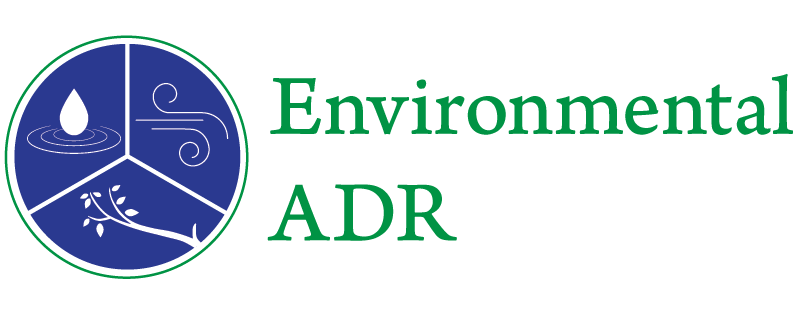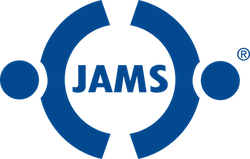 An explosion or accidental release in a refinery or chemical plant can cause extensive environmental damage and trigger thousands of damage claims for those in the pathway of the toxic plume. This presents an enormous challenge to our already overburdened court system, which can result in substantial delay in the injured parties receiving appropriate compensation.
An explosion or accidental release in a refinery or chemical plant can cause extensive environmental damage and trigger thousands of damage claims for those in the pathway of the toxic plume. This presents an enormous challenge to our already overburdened court system, which can result in substantial delay in the injured parties receiving appropriate compensation.
Mediation and ADR have repeatedly proven to be enormously valuable as a means for resolving these mass toxic tort claims. Once liability has been established and a settlement fund put in place, ADR provides a way to condense many years of expensive litigation into a precise, cost-effective, and efficient process that provides fair compensation to thousands of people that were affected by an accidental chemical release.
I personally have served as special master in a number of these cases, devising and administering a claims resolution process to provide swift, fair and efficient resolution of toxic tort claims. A properly designed and implemented ADR process can determine: (1) who will receive the benefits of the comprehensive settlement, (2) how much each of these individuals will receive, and (3) what criteria will be used to make these determinations. All this can be achieved in a supervised process that ensures consistency in review, determination and payment.
One of the most challenging toxic tort assignments I’ve handled involved an accident at a UNOCAL refinery in Southern California, which caused a 16-day airborne release of an allegedly toxic chemical. Changes in the prevailing wind direction over the release period caused the chemicals to impact several different towns surrounding the refinery before the leak was repaired. More than 10,000 thousand people who lived or worked in the impacted area filed claims in mass tort and class action lawsuits. A mediated settlement created an $80 million fund for those affected. In order to find a process to fairly and efficiently distribute that fund among the claimants with different degrees of exposure and symptoms of injury, the parties again turned to ADR.
The attorneys, parties and I worked together to create a process that broadly included three payment options: (1) automatic payment, (2) payment to those that were seriously injured, and (3) payment to those with “mid-level injuries. For the first category – automatic payment – the plume of contamination was visually superimposed onto a street map of the impacted area. We then dispersed uniform payments to eligible claimants based on their locations within the “geo-coded” area. Those individuals needed only to complete an election form with a simple verification of their location during the period of release to receive a modest payment.
Claimants who filed for the second category of relief – serious injury claims – were required to submit medical records and a short memorandum outlining the injuries allegedly caused by the release. Serious injury claimants individually attended abbreviated hearings before a small group of designated hearing officers. The awards to these claimants were case specific, based on the evidence presented. This process provided a forum for the more seriously injured class members to present their cases and to be heard.
For the third category – mid-level claims – individuals were required to submit their medical records along with a short briefing. Determinations were made for these claimants on the papers without hearings. Their compensation was also awarded on a case-by-case basis. The awards of these claimants were lower than the awards for the seriously injured claimants, but higher than the awards for claimants who filed automatic payments claims.
Thus, the process was designed to correspond directly to the severity of injury alleged, the degree of proof required for each tier of recovery and the share of settlement proceeds which each category of claimant could seek. In this way, claimants and their lawyers could choose the recovery category appropriate for that client.
As a result of this process, 95 percent of the funds were awarded and disbursed to the claimants within three to 12 months. More than 1,200 serious injury hearings were held in this time frame.
This tiered approach to allocation was a success for a variety of reasons. First, claimants were part of the process; they were able to self-select into the damages category that they believed best fit their own situation. As a result, few claimants challenged their allocated share of the aggregate award because they believed they were entitled to more of the proceeds or because they believed that the allocation formula unfairly disfavored them. Second, because the allocation process was transparent, and because it provided a forum for injured claimants to be heard, claimants viewed the process as fair, just and transparent, which avoided the myriad of conflict of interest issues and complaints that mass tort settlements frequently generate.
Under this plan, funds were dispensed to claimants both quickly and cost effectively. Funds that were designated for distribution to the effected population were not drained by excessive fees and transaction costs. Defendants were able to create the fund and then remove themselves from the process of allocation, leaving it to the mediator to design and implement a program, which fairly and fully compensated the full spectrum of injured claimants.
3I suggest that could not have happened through traditional court-based procedures.


